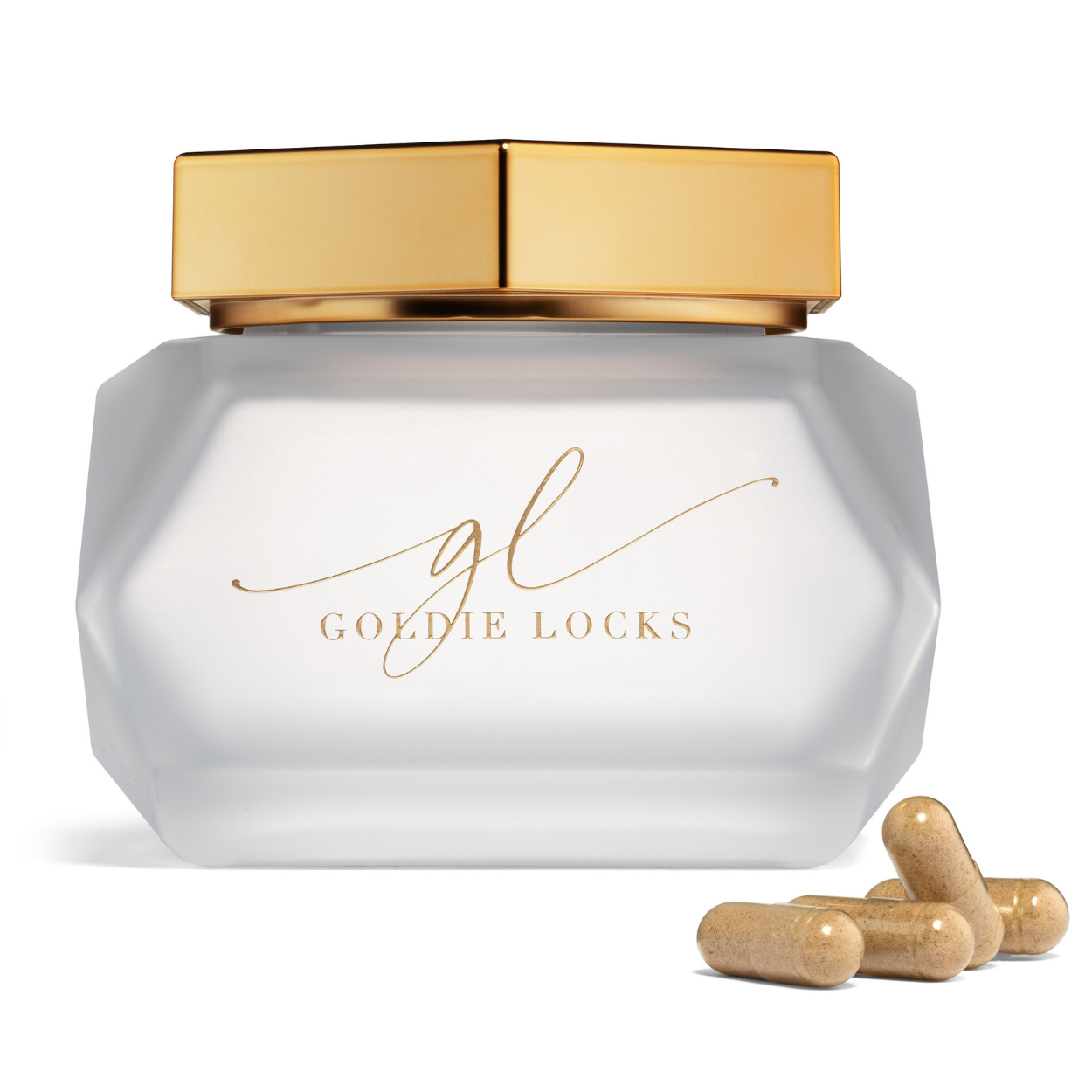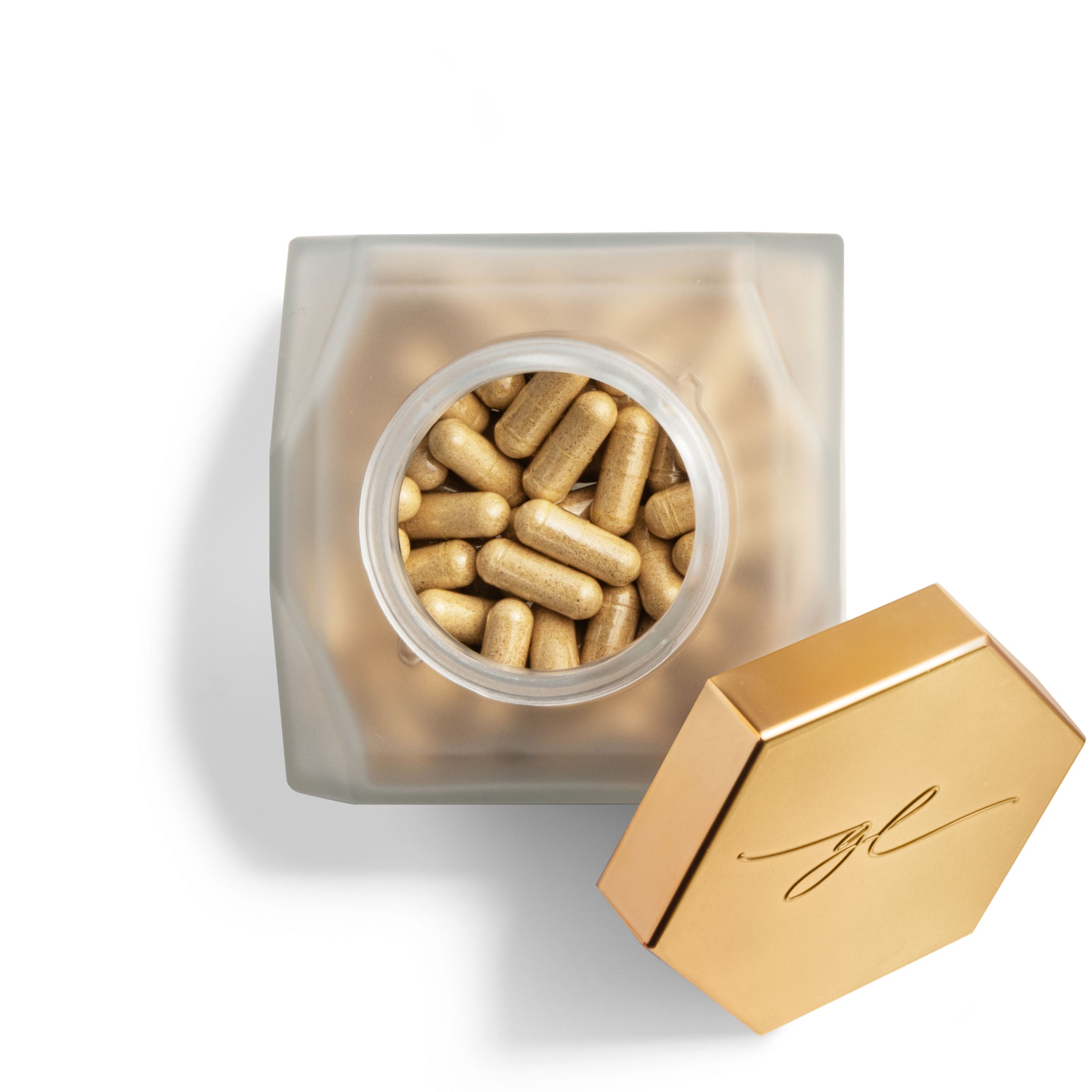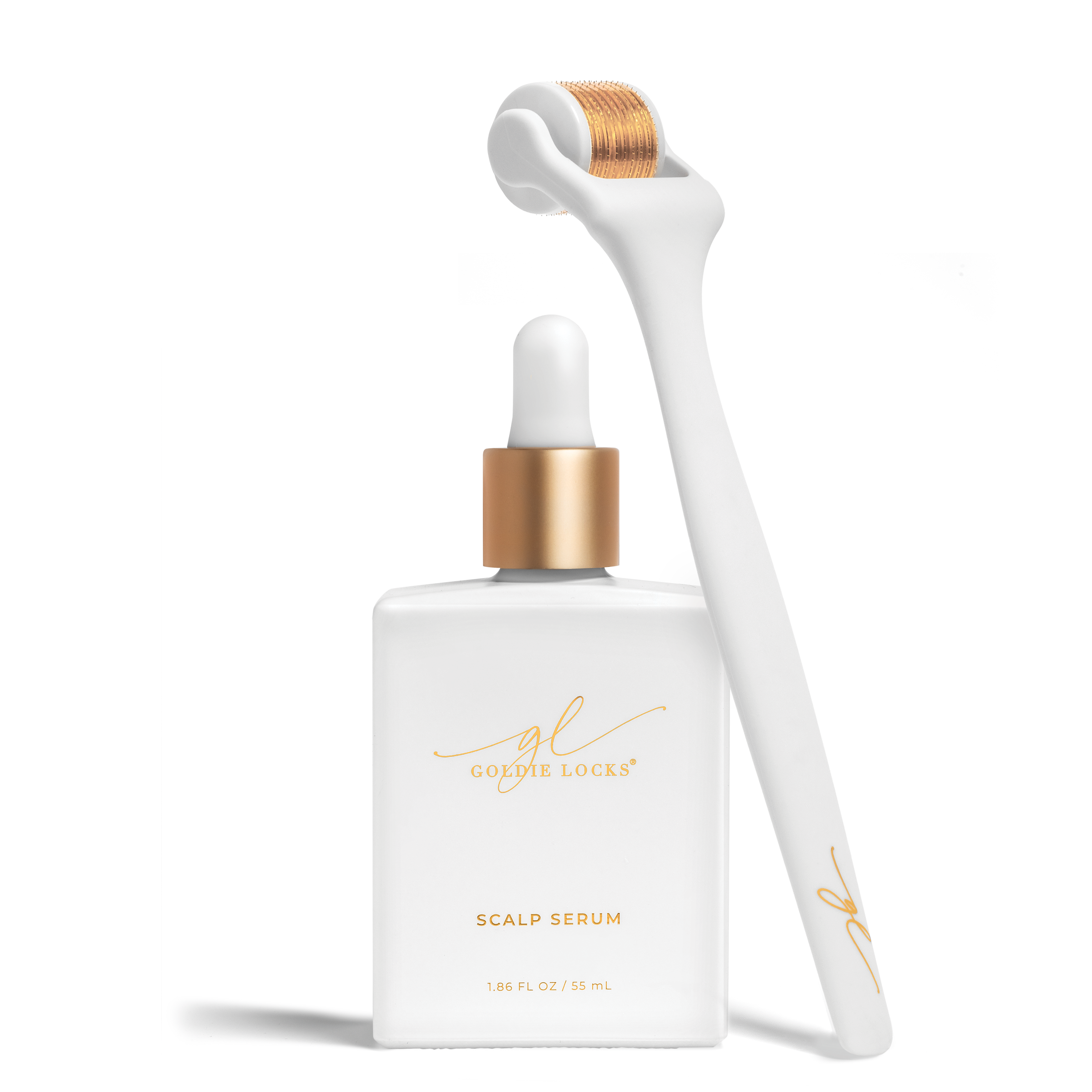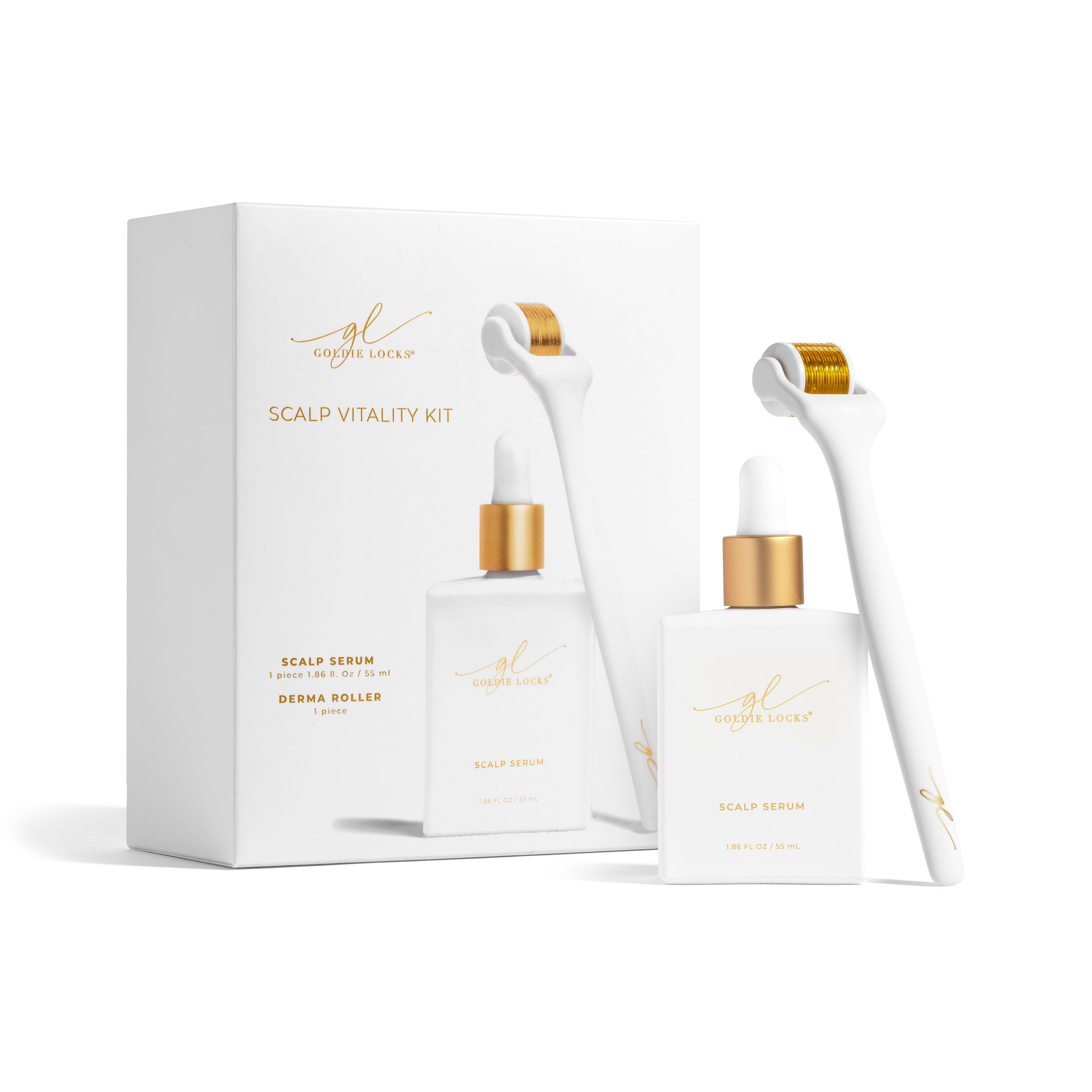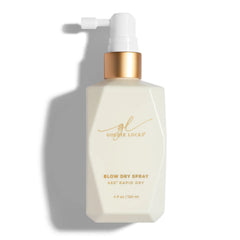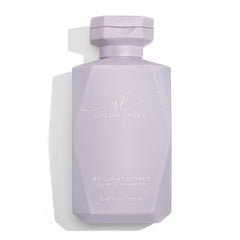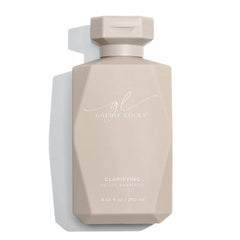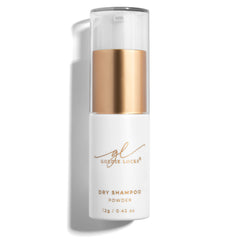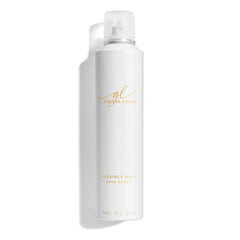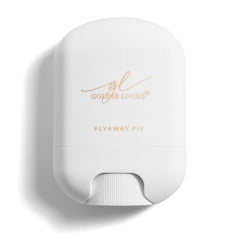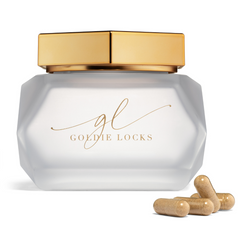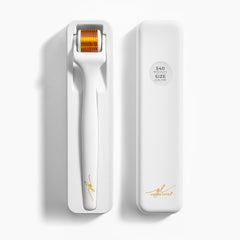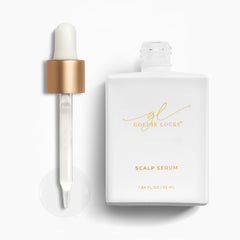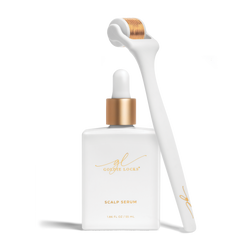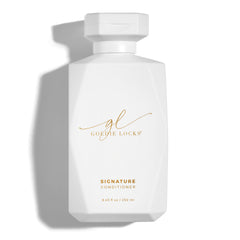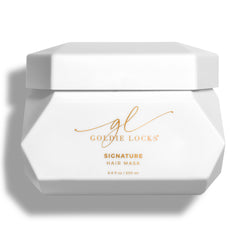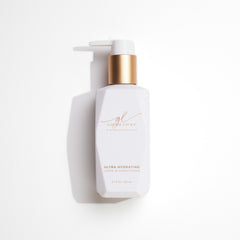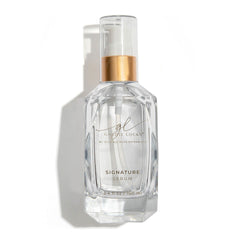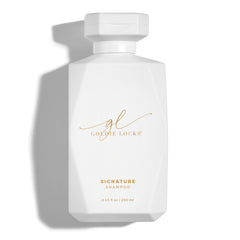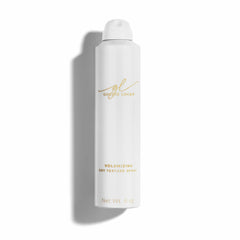Understanding the Tensile Properties of Hair
Hair isn’t just about looking good it’s a biological structure with complex mechanical behavior. You’re a stylist, so knowing how hair responds to physical stress (like combing, heat, or styling) can mean the difference between enhancing hair health or unknowingly causing damage. Let's break down the science behind tensile strength, viscoelasticity, and why different hair textures should be treated differently when wet or dry.
What Is Tensile Strength in Hair?
Tensile strength is a measure of how much tension a hair fiber can withstand before breaking. Hair is a viscoelastic solid, meaning it behaves partly like a rubber band (elastic) and partly like taffy (viscous). This dual nature is why hair can stretch but only so far before snapping.
The strength and flexibility of hair come from its cortical structure, which is made of long keratin proteins (mainly α-helical chains) embedded in a supportive matrix of keratin-associated proteins (KAPs). This internal structure especially in healthy hair allows for resistance to breakage, but that resistance varies based on texture, moisture, and condition.
Why Texture and Tension Matter: Wet vs. Dry Combing Rules
Straight Hair:
✅ Comb Dry
Straight hair has tightly packed cuticle layers that align smoothly. When wet, the hair shaft swells, becoming more elastic but also more vulnerable to stretching past its limits. Combing wet straight hair often leads to breakage especially if the hair is fine. Dry combing with a detangling product like Goldie Locks® Leave-In Conditioner or a touch of Smoothing Cream helps ease tension and reduce stress on the strand.
Wavy Hair:
🔁 Depends on Density & Condition
Wavy hair can be more flexible than straight but less resilient than curly. If the hair is fine, treat it like straight hair and detangle dry with a product. If it's coarse or dry, detangle wet with Leave-In Conditioner to help manage texture without creating frizz. The key is controlling tension use a wide-tooth comb and start from the ends.
Curly Hair:
✅ Comb Wet
Curly hair has a unique cross-sectional shape flat on one side, curved on the other which contributes to its spiraled movement and natural volume. That same curve also means more weak points along the shaft, making it the most fragile texture. Combing dry curls can create snapping, frizz, and breakage. Instead, detangle while fully wet and saturated with Leave-In Conditioner, followed by Smoothing Cream for hydration and frizz control. This respects the structure of the curl and reduces mechanical stress.
Viscoelastic Behavior: What Happens Under Stress
Hair responds to stress in two ways:
-
Creep: When under constant tension, the strand slowly stretches over time.
-
Stress Relaxation: When held at a fixed length, the tension in the strand slowly decreases.
These responses are more dramatic in wet hair, when water weakens hydrogen bonds and increases internal spacing. For stylists, this means:
-
Use caution when pulling or sectioning wet hair especially curly or chemically treated hair.
-
Avoid tight ponytails or styles immediately after washing, as the hair is more vulnerable to mechanical fatigue.
How Products Support the Structure of Hair
-
Goldie Locks® Leave-In Conditioner: Creates slip, reduces friction, and supports elasticity with moisture-balanced conditioning agents.
-
Goldie Locks® Smoothing Cream: Enhances pliability with humectants and emollients, making hair more flexible and reducing the chance of snapping.
-
Goldie Locks® Blow Dry Spray: Not only offers heat protection, but its hydrophobic action seals the hair, creating smoother tension zones and longer-lasting styles.
Final Takeaway
When you understand that hair is a composite fiber that stretch, contract, and break under certain forces you can make smarter decisions about how to treat different textures. Curly hair needs hydration and care when wet. Straight hair prefers dry, controlled tension. And all hair benefits from products designed to support its tensile strength, not fight against it.
Stylists, this is how science becomes service. Respect the strand, and you’ll build stronger styles that last and clients who come back because they trust you know the difference.
